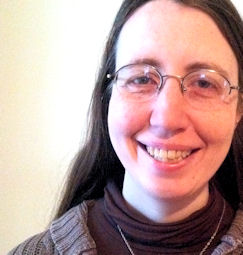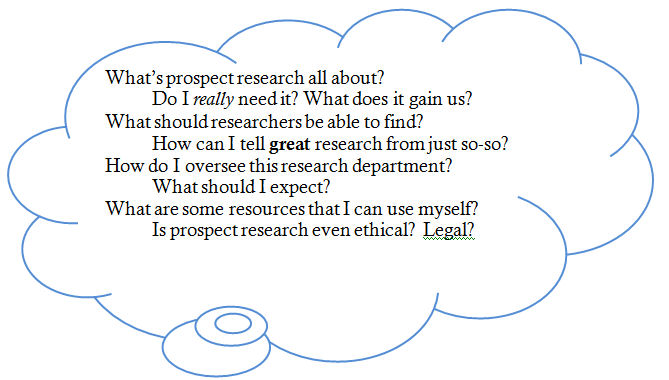Guest post by Preeti Gill
 On this April morning, it’s -5 Celsius and the snow is blowing lightly.
On this April morning, it’s -5 Celsius and the snow is blowing lightly.
I saunter in to my local Timmies, order a double double and a honey crueller, drop a few loonies on the counter and sit down for a while. It is tax time and I need to netfile before the CRA deadline. I look up from my keyboard and there’s Tony, the local hockey sensation, carrying his pet beaver on his shoulder…
Eh?
Oh, Canada, where donughts (not donuts), yoga pants and timed tweets were perfected. The land where conservative fiscal policy helped our big five banks cushion Canadians (somewhat) from the economic downtown of 2007/08.
I find that where we’re from makes us exotic, especially for other Prospect Research professionals who are always on the lookout for new resources. When Jen and I brainstormed around blog ideas, she seemed intrigued by my Canadianness.
“How far is Ottawa from Toronto?” she asked this Vancouverite who is ill-equipped to comment on any Ontario-related matters.
What I can offer is a quick primer on today’s Canada for Prospect Researchers outside my homeland, strong and free. Here you’ll find some interesting “Timbits” about what’s new and where to access information about your friendly Canuck prospects and donors.
We are accomplished
Our Government hands out accolades to everyday and high-profile brave and successful Canadians.
- Order of Canada and other Distinctions [searchable by last name]
Our peers also honour each other.
- Business Laureates of British Columbia Hall Fame [my home province on the wet coast]
We are diverse
Immigration is primarily driving population growth. Environics intelligence notes that in our major urban centres, Toronto and Vancouver, nearly half of the population identify as members of a visible minority group. So the minorities are fast becoming the majority.
- Statistics Canada 2011 National Household Survey
- Environics Prizm [demographic descriptions including household income range by postal code]
Canadian Immigrant magazine profiles successful new Canadians in business and other areas.
We are rich
- Well, they are (not me) –> Canadian Business Rich 100 2014 [List]
- The left-leaning Canadian Centre for Policy Alternatives studied the wealth gap in Canada and discovered that the wealthiest 86 Canadians could purchase an entire province today. [News release]
- How much did Canada’s top 100 CEOs get paid last year? The Globe & Mail is due to update this list with 2013 figures soon. [List]
We give back in a big way
- The late Doc Seaman left $117 million from his estate to the Calgary Foundation last year. It’s the largest ever gift to a Canadian community foundation. (Did I mention we’re getting older, as well?)
- The Slaight family gave $50 million to a consortium of five hospitals in Toronto.
- An impressive 13.3 million Canadians volunteer 2.1 billion hours, according to Volunteer Canada.
- KCI provides an addictive scroll of recent Canadian giving by individuals, corporations and foundations.
- Blackbaud’s new Giving Index provides a monthly snapshot of our generosity. (Things are looking up.)
We are social
…but slightly more conservative in our approach to shameless self-promotion!
- There are 8 million+ LinkedIn users, as of 2013. [Infographic]
- Twitter opened a Canadian branch in Toronto primarily to drive advertising and sales.
- Planning timed tweets? You may be using HootSuite which was born in Vancouver and is rapidly expanding, thanks to securing $165 million in financing.
- Can’t get enough of Canada? Consider attending the upcoming APRA-Canada conference in Toronto this fall. This is a highly-anticipated and well-organized biennial conference with a focus on Canadian-based research resources, issues and trends.
About Preeti Gill
 Preeti Gill is passionate about all things prospect research, pipeline management and charity capacity-building. She works at Canada’s largest community foundation in Vancouver and blogs at Sole Searcher [preetigillyvr.blogspot.ca]. With true patriot love, she welcomes social contact here and there:
Preeti Gill is passionate about all things prospect research, pipeline management and charity capacity-building. She works at Canada’s largest community foundation in Vancouver and blogs at Sole Searcher [preetigillyvr.blogspot.ca]. With true patriot love, she welcomes social contact here and there:
- Twitter: @Preeti_Things
- LinkedIn: http://www.linkedin.com/in/preetigill






